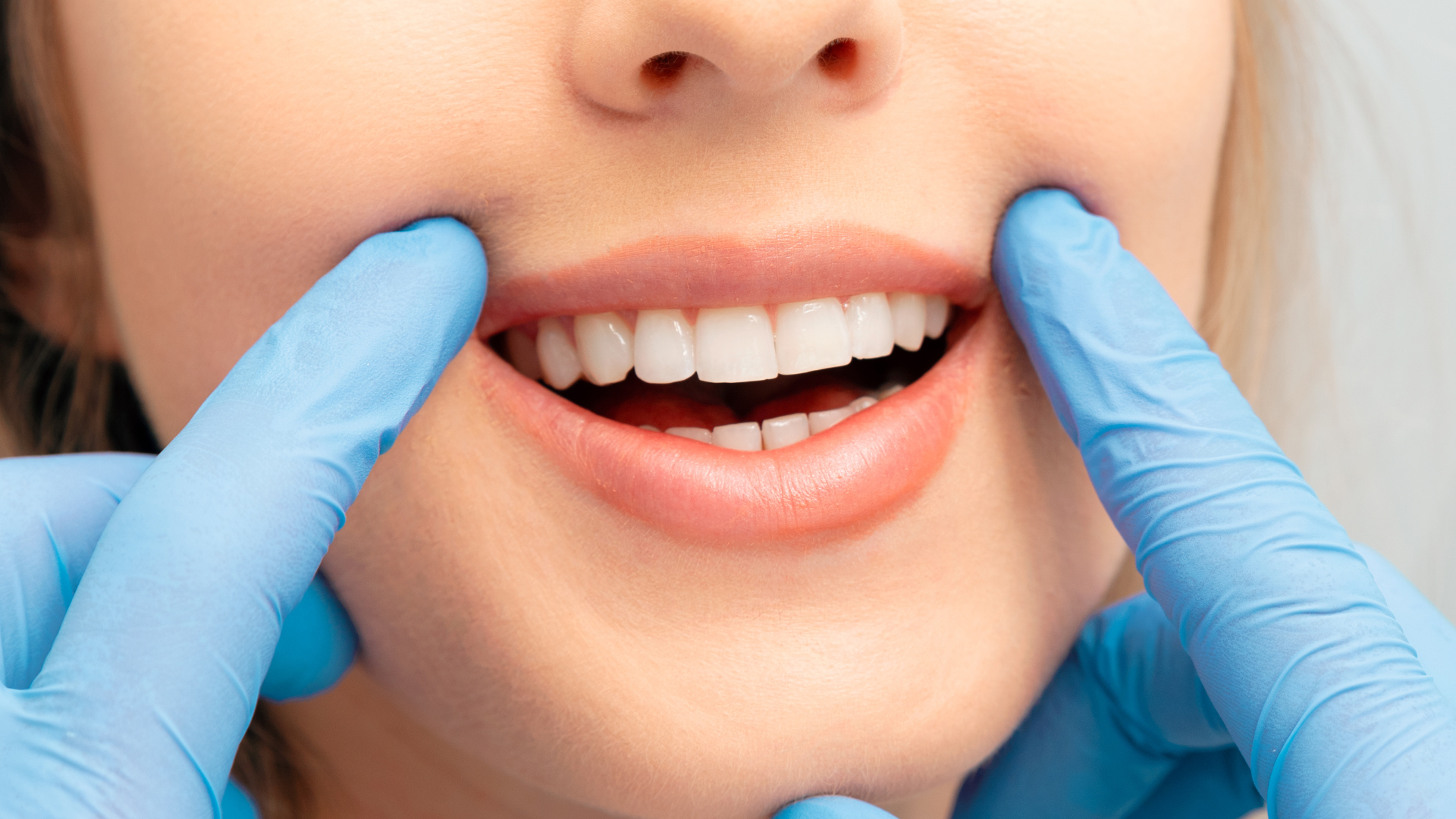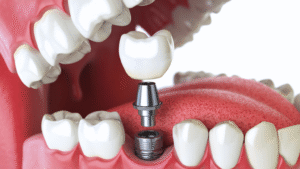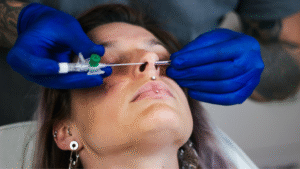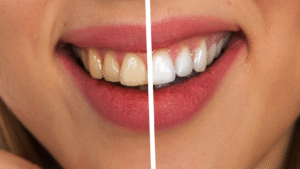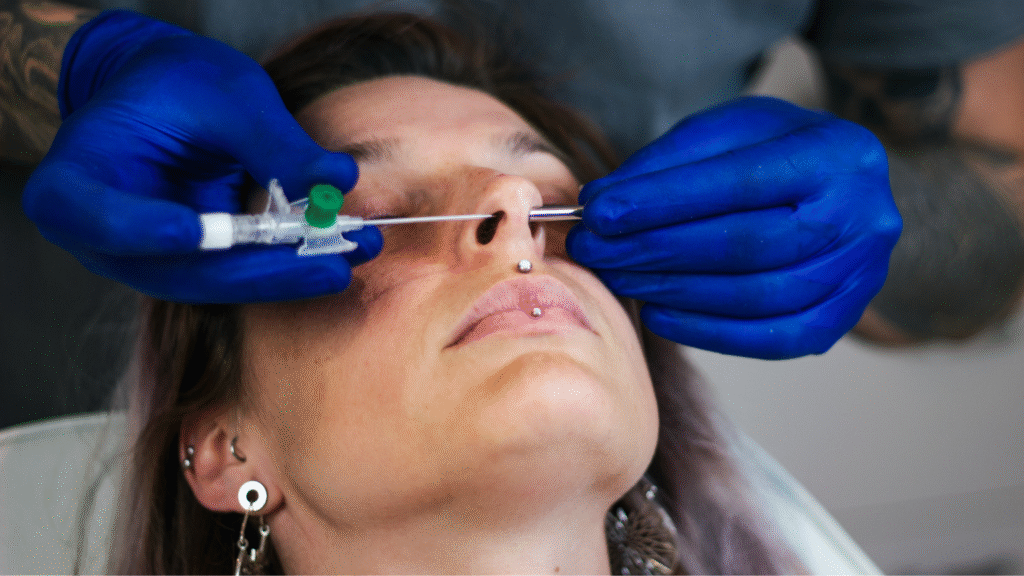The proper arrangement of your jaws and teeth impacts everything from your biting and chewing effectiveness to your speech and long-term oral wellness. If you’re exploring options to straighten your teeth, this article will provide valuable insights into the process.
Do You Have a Misaligned Bite?
A frequently asked question in orthodontics is whether teeth should make contact with each other. The straightforward answer is yes, but the situation is more complex. Picture two gears designed to mesh together; their “teeth” must align perfectly to function correctly. If they don’t fit as intended, they cannot perform their role effectively.
The same principle applies to your teeth. Upper and lower teeth should align properly with their counterparts in the opposing jaw. If this alignment is incorrect, your bite will not function properly, even if your front teeth appear straight. Failing to address a misaligned bite can lead to future dental issues.
Ideal Teeth Positioning
When your mouth is in a relaxed position, your upper and lower teeth should lightly contact each other. Ideally, the upper teeth should slightly overlap the lower teeth, creating a balanced bite. This ideal positioning helps distribute the biting force evenly across all your teeth, minimizing the chance of uneven wear.
Variations in Teeth Alignment
While slight contact between teeth is preferred, variations are common and can result in bite problems, including:
- Underbite (anterior crossbite): The upper teeth are positioned behind the lower teeth.
- Open Bite: This can manifest in two ways: either the back teeth are closed while the front teeth don’t meet, or the front teeth touch but the back teeth do not.
- Deep Bite: The upper teeth completely cover the lower teeth.
- Crossbite: The lower teeth may sit outside the upper teeth, or a crossbite may occur if the lower teeth are entirely inside the upper teeth.

Orthodontic Treatment for Misaligned Teeth
The primary goal of orthodontic treatment is to enhance your bite, making chewing and eating more comfortable. Furthermore, well-aligned teeth often present a more visually appealing smile. By adjusting the position of teeth within the jaw, your orthodontist can ensure they meet correctly, allowing for effective biting and chewing.
An improper bite can lead to additional jaw joint issues and an increased risk of further complications without timely intervention. Misaligned teeth can cause premature wear and chipping, impacting your ability to eat and speak properly.
It’s essential to remember that a healthy bite involves all your teeth, not just those visible in your smile.
Teeth Alignment Options
After evaluating your bite, your orthodontist may suggest treatment options to correct your teeth and jaw alignment. Established, effective alignment techniques can enhance your smile and address functional concerns related to eating, speaking, and overall oral health.
- Traditional Braces: These are among the most common and effective solutions for correcting misaligned teeth. They consist of metal brackets attached to the teeth, connected by wires and sometimes rubber bands. Braces apply continuous pressure to gradually shift teeth into the desired position and are suitable for patients of all ages, particularly for complex alignment issues.
- Clear Aligners: These are custom-made, transparent plastic trays that fit snugly over your teeth. Many adults and teens favor clear aligners for their near-invisibility and the convenience of removal when necessary.
- Retainers: Once treatment with braces or aligners is finished, retainers are typically employed to maintain the new position of your teeth.
- Surgery: For severe misalignment or skeletal issues, a combination of orthodontic treatment and orthognathic surgery may be necessary. This could involve jaw surgery to correct jawbone alignment, often paired with traditional orthodontic treatments for the best outcome.

Schedule a Consultation with an Professional Dental Orthodontist to Enhance Your Bite
Our skilled orthodontists at Professional Dental are dedicated to providing personalized treatment plans that address your unique needs.
If you have any questions or need further assistance, please don’t hesitate to reach out to us at 801-785-8000. We’re here to help you every step of the way on your journey to optimal oral health!




